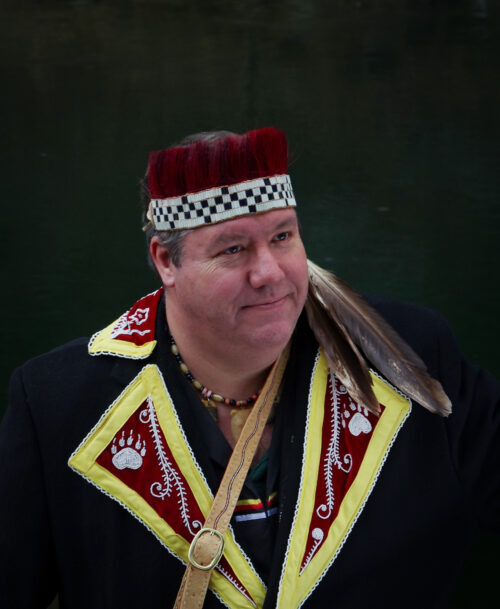Following is a list of resources to help during this time.
COVID-19 Funeral Assistance
Assistance is now available for funeral assistance. Click here to review the help that is available.
Federal Resources for U.S. Small Businesses
View relevant federal agency resources, access the latest news, and search for a Small Business advisor near you. Click here to view the official resource website for U.S. small businesses affected by COVID-19.
Coronavirus (COVID-19) Resources for Employers
Userful resources for employers to learn how COVID-19 is affecting various aspects of employment law, and how different jurisdictions are addressing the outbreak are on a web page provided by Littler. Because the COVID-19 situation is dynamic, with new governmental measures each day, employers should consult with counsel for the latest developments and updated guidance on this topic. Featured COVID-19 Resources
- COVID-19 Labor & Employment Litigation Tracker
- Bouncing Back: A List of Statewide Return to Work Protocols
- Facing Your Face Mask Duties – A List of Statewide Orders
- Employee Temperature and Health Screenings – A List of Statewide Orders
- Stay on Top of “Stay At Home” – A List of Statewide Orders
- Littler COVID-19 Flash Survey Report
Click here to view Resources available.
Safeguard Your Information
Times like these bring out the best and unfortunately the worst in some people. Fear and confusion create an ideal climate for scammers. Be on the alert for fraud, email phishing, and bogus requests for personal information.
Tips for Catching and Reporting Suspicious Emails
- Inspect emails for grammatical or other errors, even those claiming to be from the CDC or WHO.
- At no time will you ever receive a call from the IRS, Banks, asking you for your login credentials.
- Before clicking links, hover over them to see the URL (web address). If you think it is something of interest, copy the web address and search it to make sure it is legitimate before clicking.
- If you suspect an email is fraudulent, DO NOT REPLY TO THE EMAIL. Contact the company or person they are impersonating. Delete it from your inbox.
Click on this link for more information about safeguarding your information. Tips and info provided by Citizens Bank.
Nationwide
Coronavirus Aid, Relief, and Economic Security (CARES) Act – U.S. Senate Committee on Small Business & Entrepreneurship
The new $900 billion COVID relief package is now law! Here are some highlights. Please be sure to reach out to your local Women Business Center (WBC) for additional information. Click here to view funding fact sheet from the U.S. Small Business Administration (SBA). Please click this link for U.S. Small Business Administration information about Coronavirus Recovery Information in languages other than English.
Targeted EIDL Advance – COVID-19 Targeted EIDL Advance was signed into law on December 27, 2020, as part of the Economic Aid to Hard-Hit Small Businesses, Non-Profits, and Venues Act. The Targeted EIDL Advance provides businesses located in low-income communities with additional funds to ensure small business continuity, adaptation, and resiliency.
Advance funds of up to $10,000 will be available to applicants located in low-income communities who previously received an EIDL Advance for less than $10,000, or those who applied but received no funds due to lack of available program funding.
Applicants do not need to take any action at this time. The U.S. Small Business Administration (SBA) will reach out to those who qualify. Click on the respective language for more information in English and Spanish.
- The Economic Injury Disaster Loan Program (EIDL) application deadline has been extended to December 31, 2021.
- The EIDL Advance (automatically forgiven loan) has also been reauthorized. Guidelines and application details are expected soon.
- Remember, EIDL and EIDL Advance are two different programs. EIDL is a loan that needs to be repaid. The EIDL Advance is automatically forgiven, sometimes referred to as a “grant.”
- The Paycheck Protection Program (PPP) has been reauthorized.; Applications for the current round of PPP funding opened on January 11, 2021 at 9:00 am. For now, only certain community lenders can process applications. Please click here for the PPP Lender lookup map. You may also want to check with your bank to see if they are participating, and get to work on your forms! If this is your first time applying, you will need Form 2483. If it’s your second time applying, you’ll need Form 2483-SD. Reach out to our teams if you need any help on these forms! We’re not sure yet when applications will open to all lenders, but we’re anticipating it being sometime around the week of the 18th. Businesses who received PPP funding before can apply again; first-time PPP applicants are also welcome. Any funding received via EIDL Advance will not be deducted from your PPP forgiveness applications. We also anticipate a simplified loan forgiveness application for loans that are $150,000 or less. Please click here for the PPP Round 3 Summary. Additional information that may be helpful follows. Please click on the topic to view.
For more information and updates, visit SBA.gov/PPP or Treasury.gov/CARES
Do you need assistance with any of these programs? Reach out to our Women’s Business Centers! Please click on the appropriate link below to schedule a meeting or find contact information for CWE Women’s Business Centers.:
SBA Debt Relief (Payment Deferment)
The SBA announced that if a business already has an SBA loan through a lender, whether it is a 7A, 504 or microloan, the SBA will pay the lender the principal, interest and fees for six months. The SBA will also defer payments on new SBA 7A loans made before 9/27/2020. The SBA also announced changes to help borrowers still paying back SBA loans from previous disasters. Deferments through 12/31/2020 will be automatic so borrowers of prior home and business disaster loans do not have to contact the SBA to request deferment. Please click here to learn more.
COVID-19 Funding Options Portal
As U.S. small businesses continue the hard work of economic recovery in the wake of the COVID-19 pandemic, access to capital is paramount. For some companies and non-profits, they have exhausted their existing funding sources to sustain their operations. There are many unique funding resources available through Federal, state, and local governments in addition to philanthropy and non-profit organizations. Unfortunately, it can be difficult for businesses to know where to look or what to look for in finding additional assistance. Click here to access this mobile-friendly, new resource.
WHAT IT IS: A free, curated list of thousands of funding sources at the national, state, regional, and local levels designed to support small businesses in accessing capital to recover from COVID-19. The opening page captures programs that are available nationally. Visitors then only need to enter a ZIP code of interest to see which programs their area may be eligible. The information is current as of the date of publication, so resource availability may change over time.
Funding providers can submit requested updates, additions, or corrections to the data by emailing the information to [email protected] for evaluation and update.WHAT IT IS NOT: An endorsement by the U.S. Small Business Administration that individuals or small businesses should pursue applications with any of these organizations. The information is provided for reference only. Businesses and non-profits are encouraged to independently explore these resources to self-determine if they should pursue further assistance from the programs identified.
Amber Grant for Women – WomensNet
WomensNet founded the Amber Grant Foundation in 1998. The Foundation was set up with one goal in mind: to honor the memory of a very special young woman, Amber Wigdahl, who died at just 19 years old – before realizing her business dreams. Today, WomensNet carries on that tradition, giving away at least $10,000 every month in Amber Grant money. They have also expanded their grant-giving to include a year-end grant of $25,000. Applying is simple. Just take a few minutes to tell them about yourself and your business dream. No long, complicated forms to fill out. The $10,000 Amber Grant recipient is announced the first week of every month. For more information and to apply click here.
Loan – Kiva
Kiva lenders provide financial assistance to all by making 0% interest loans to entrepreneurs in the U.S. In today’s difficult circumstances, K9iva would like to make it as easy and impactful as possible for small businesses in the U.S. to have access to affordable capital on the Kiva platform – capital that may be the difference between shutting down and keeping their doors open.
- 0% interest
- Up to $15,000 loan
- Grace period of up to 6 months
Kiva.org/borrow
Grants Available from IFund Women
IFundWomen has a wide variety of grants available to their members, from their monthly “pay-it-forward” grant to those from generous partners like Barbara Corcoran, & Systane, Visa, Adidas, Unilever, and more. Click here for a list of grants.
Coronavirus Tax Relief – Internal Revenue Service
The IRS has established a special section focused on steps to help taxpayers, businesses and others affected by the coronavirus. The page will be updated as new information is available. The information contained on this site includes:
- Dollar for dollar reimbursement for Coronavirus related sick leave costs
- Employers will be able to use cash deposited with the IRS to pay sick leave wages
- Businesses that would not have sufficient taxes to draw from, Treasury will use its regulatory authority to make advance to small businesses to cover such costs
For more information please click here.
Disaster Unemployment Assistance – U.S. Department of Labor
The Robert T. Stafford Disaster Relief and Emergency Assistance Act of 1974, as amended, authorizes the President to provide benefit assistance to individuals unemployed as a direct result of a major disaster. The U.S. Department of Labor oversees the DUA program and coordinates with the Federal Emergency Management Agency (FEMA), to provide the funds to the state UI agencies for payment of DUA benefits and payment of state administration costs under agreements with the Secretary of Labor. Read more.
Work Share Programs – National Conference of State Legislatures
Workshare programs let businesses temporarily reduce the hours of their employees, instead of laying them off during economic downturns. Technically referred to as short time compensation, the goal of worksharing programs is to reduce unemployment.
Worksharing should not be confused with job sharing, which allows two part-time employees to share one full-time job. Instead, worksharing allows a full-time worker’s hours to be reduced, in lieu of laying off the worker.
Workshare programs benefit businesses, workers and states. Businesses retain their trained workforce, for easy recall to full-time work when economic conditions improve. Workers keep their jobs instead of being laid off, and collect reduced unemployment benefits to partially replace their lost wages. States save money by paying only partial unemployment claims, instead of paying full benefits to laid-off workers.
Under approved workshare programs, employees qualify for a percentage of unemployment benefits, equal to the percentage by which their hours have been reduced. For example, an employee whose hours are cut by 10 percent would qualify for 10 percent of the state’s established weekly unemployment benefit amount. While that does not fully replace the lost wages, the amount supplements a worker’s income until they are recalled to full-time work. Click here for more information or the specific State below.
Massachusetts
New Hampshire
Rhode Island
Vermont
Coronavirus – Interim Guidance for Businesses and Employers – Center for Disease Controls (CDC)
The interim guidance is based on what is currently know about the coronovirus diesease 2019 (COVID-19). The Centers for Disease control and Prevention (CDC) idates the interim guidance as needed and as additional information becomes available. Click here for information.
Women-Owned Businesses
Covid-19 Resources for Women-Owned Businesses – WBENC
As a leading advocate for women business owners and entrepreneurs, WBENC is committed to helping our constituents address and respond to the impacts caused by the coronavirus (COVID-19). As we work with national and regional partners, Corporate and Government Members, and other industry leaders, we will continue to update this page with resources, information, webinars and more to address the many questions and uncertainties many business owners and corporations face, as well as to continue to help fuel business opportunities for women entrepreneurs. Click here for more information
Resources from WBENC-Certified WBEs
Veterans – New England
Coronavirus (COVID-19) Resources – New England Veterans Chamber of Commerce (NEVCC)
If you are a veteran or military business owner in new England, please let the NEVCC know if you need assistance. Click here for a list of resources and information.
Code of Support PATRIOTlink – US Department of Veterans Affairs
Code of Support’s PATRIOTlink® platform is a free online resource database that includes thousands of programs tailored to the military and Veteran community.
Through PATRIOTlink, users can search vetted, direct, cost-free services specific to their needs. PATRIOTlink was recently redesigned to make it even easier to use. Now, users can complete searches by entering less information and they can view events and job opportunities in their area through a news feed feature. Click here for more information.
Black, Indigenous, and People of Color
Resources & Tools to Elevate Your Business – Effectv and Comcast Business
Recently, small businesses have been dealing with the ongoing impact of the pandemic, social unrest, and environmental events. Black-owned businesses have been some of the hardest hit. According to the National Bureau of Economic Research, between February and April 2020, the number of active Black-owned businesses declined by 41%, Latinx-owned businesses declined by 32%, and Asian-owned businesses dropped by 25%, versus just 21% for the general population. Comcast RISE was created to invest in the success of these critical businesses by providing valuable and practical support.
Beginning November 24, 2020, all Black, Indigenous, and People of Color (BIPOC) business owners will be eligible to apply for Comcast RISE.
Selected businesses could receive one or more of the following business services through Effectv, the advertising sales division of Comcast, and Comcast Business, a leading provider of technology for businesses of all sizes:
- Consulting – Advertising and marketing consultations with local Effectv marketing, research, and creative teams to gain insights on how to grow your business.
- Media – A linear TV media schedule, over a 90-day period.
- Creative Production – Turnkey production of a 30-second TV commercial, plus a media strategy consultation and 90-day media placement schedule.
- Technology Makeover – Computer equipment and Internet, voice and cybersecurity services for 12 months, to support business recovery while implementing other Comcast small business initiatives. (Taxes and other fees may still apply for tech makeover services.)
- Monetary Grant – To be launched November 24, 2020.
For more information please click here.
Resources
COVID-19 Suppliers – Women’s Business Enterprise National Council (WBENC)
WBENC has thousands of Women’s Business Enterprises (WBE), and among them, hundreds that have COVID-related supplies and services. In the face of this pandemic, WBENC want to help support the procurement needs of the greater business community and to fuel business opportunities for women entrepreneurs. This list will be shared as part of their COVID-29 resources through the end of May. Please click here to view the list.
State & Region
Please click on the tab below to view the funding and resources available in your State.
Vermont
Small Business Grants – Berkshire Bank and Berkshire Bank Foundation
Berkshire Bank has earmarked an incremental $500,000 for small business grants to help businesses that do not have the ability to pay. They are working with Berkshire Bank Foundation and the Foundation for Business Equity, among others, to deploy these dollars across their banking footprint and to sharing more details about these programs in the short term. Berkshire Bank also understand there will be situations where our customers find themselves or their businesses facing financial difficulties that are unique to them. In those scenarios where hardship is not relieved by low-interest loans or small business grants, Berkshire Bank is asking their customers to reach out to them to further discuss how they may be of assistance. For more information click here.
Regional & Specific Industries
Emergency Loans – Vermont Farm Fund (VFF)
The VFF seeks to minimize the hurdles to secure a loan and receive funds to begin the recovery process. The maximium Emergency Loan amount is currently $10,000. This is a zero percent interest loan, payable over 24 months with a flexible payment schedule. Click here for more information.
Vermont Rapid Response Artist Relief Fund – The Vermont Arts Council
The Vermont Arts Council has established a Vermont Rapid Response Artist Relief Fund to respond to the devastating impact of the COVID-19 pandemic on artists across the state. There is information and resources for artists and organizations as well as a guide for creating virtual art experiences during this time of social distancing. Click here for more information.
Guidance
Restart Vermont Technical Assistance (ReVTA) – Vermont Economic Development
The Vermont Legislature allocated $2.5 million of federal CARES Act funding for small business technical support in Act 137. On September 18, 2020, Governor Scott and the Agency of Commerce and Community Development announced that the RDCs of Vermont would be tasked with deploying $1,400,000 in technical assistance funding for small businesses across the state under the Restart Vermont Technical Assistance Program (ReVTA).
The funding for the ReVTA program is aimed at assisting Vermont businesses and non-profits who have been negatively impacted by COVID-19. To be eligible you must be a Vermont entity conducting activities in Vermont. You may be asked to demonstrate that you operate out of a Vermont property, pay employees who conduct work with Vermont, or have sales and customers in Vermont.
The Regional Development Corporations of Vermont have created Recovery Navigator positions in each region of the state. The Navigators will engage one-on-one with businesses impacted by the pandemic to discern a recovery solution and identify an appropriate technical assistance provider from a network of for-profit and non-profit service providers. Once a recovery path has been determined, the regional Navigator will help connect the business with an appropriate TA provider and together they will develop a Scope of Work.
Once the work is completed, the technical assistance provider will be paid by the grant program. All activities within the Scope of Work must be completed by December 4, 2020. Average TA award is expected to be $3,000.
What is Technical Assistance?
ReVTA allows for a collaborative approach between the business and their Navigator in order to determine what technical assistance project will provide enduring value helping a business to overcome negative impacts due to the COVID-19 pandemic.
Technical assistance (TA) is the process of providing targeted support to an organization with a development need or problem. It is commonly referred to as consulting. TA is one of the most effective methods for building the capacity of an organization for example; sharing information and expertise, instructions, skills, training, transmission of knowledge, and technical expertise.
What could constitute TA Per Section 6 (b) (2) of H. 966 of the 2020 Vermont Legislative Session includes assistance and education with:
- Business operations, financial management, and grant writing;
- Digital strategies;
- Architecture and Physical Space Design;
- Reconfiguring manufacturing equipment and processes and incorporating safety measures;
- Technology and Software Consulting; and
- Legal and Other Professional Services.
What would not constitute TA is:
- Construction and/or Renovation Projects
- Working Capital Needs and/or payment for Equipment, Materials or Supplies
- Advertising such as print, voice, digital, etc.
The TA provided under this program will allow a business to make significant changes to their business to overcome the impacts of COVID-19. As an example, a proposal might include free online retail platforms for businesses to expand their ability to sell goods during a stay home order, consulting services to a restaurant on how to redesign a kitchen or dining area for safe operations or increase the profitability of take-out service, marketing assistance to reach new customers, or new product development work to broaden a company’s viability during the crisis.
What businesses are eligible to receive technical assistance?
The funding for the ReVTA program is aimed at assisting Vermont businesses and non-profits. To be eligible you must be a Vermont entity conducting activities in Vermont. You may be asked to demonstrate that you operate out of a Vermont property, pay employees who conduct work with Vermont, or have sales and customers in Vermont. Any Vermont-domiciled business impacted by COVID-19, with a recovery path that can be advanced through professional technical assistance, is eligible. Non-profit employers may apply under this program with requirements similar to for-profit applicants.
How does a business participate in the program?
Any for-profit or non-profit business seeking a technical assistance solution to COVID-19 impacts may find more detail on this website. Completed registrations are shared to regional Navigators who will follow up with the business.
How do technical assistance providers participate in the program?
Technical assistance providers must register as vendors. Any for-profit or non-profit technical assistance provider seeking to participate may find more detail and register on this website. A complete vendor registry will be maintained and made available through this web site.
For more information and how to participate please click here.
COVID-19 Guidance for Vermont Businesses – State of Vermont Agency of Commerce and Community Development
Click here for the latest guidance available for Vermont businesses.
COVID-19: Information for Employees and Employers – State of Vermont Department of Labor
- Click here for resources for Employers and other information.
- Click here for resources for Employees and other information..
Insurance
COVID-19 and Business Income Insurance – State of Vermont Department of Financial Regulation
The Department of Financial Regulation had developed a guidance document to address numerous questions from the business community as it relates to the Coronavirus and Business Income Insurance. Please click here for more information.
Planning Guides
Disaster Recovery Guide for Business – Vermont Small Business Development Center (VtSBDC)
The VtSBDC Disaster Recovery Guide for Business contains all the steps small business owners need to take, and all the information one would need to gather post-disaster. Click here for the Disaster Recovery Guide
Legal
Legal and Benefits Updates for Vermonters – Vermont’s Legal Help Website
The outbreak of the COVID-19 coronavirus has created changes in the way Vermont courts are operating, changes to public benefits, new financial help, and more. Here we will keep a list of important changes to help Vermonters and community partners.…
Click here to be taken to Vermont’s Legal Help Website
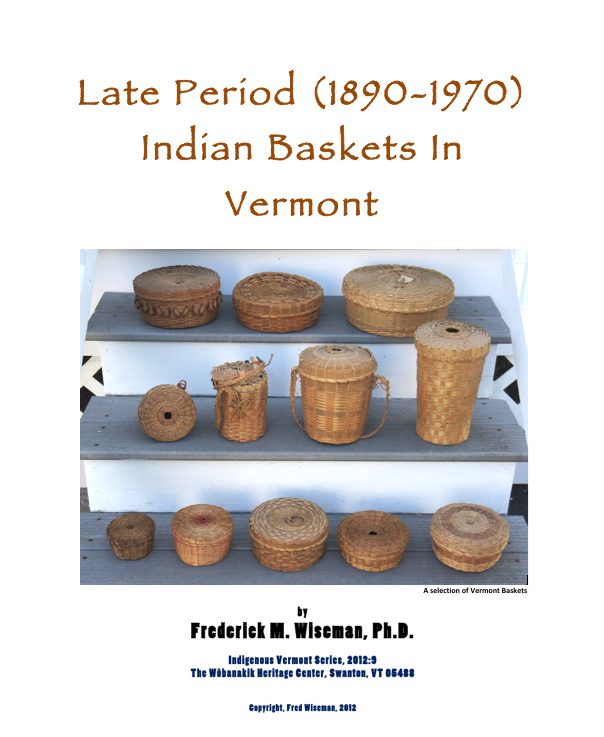
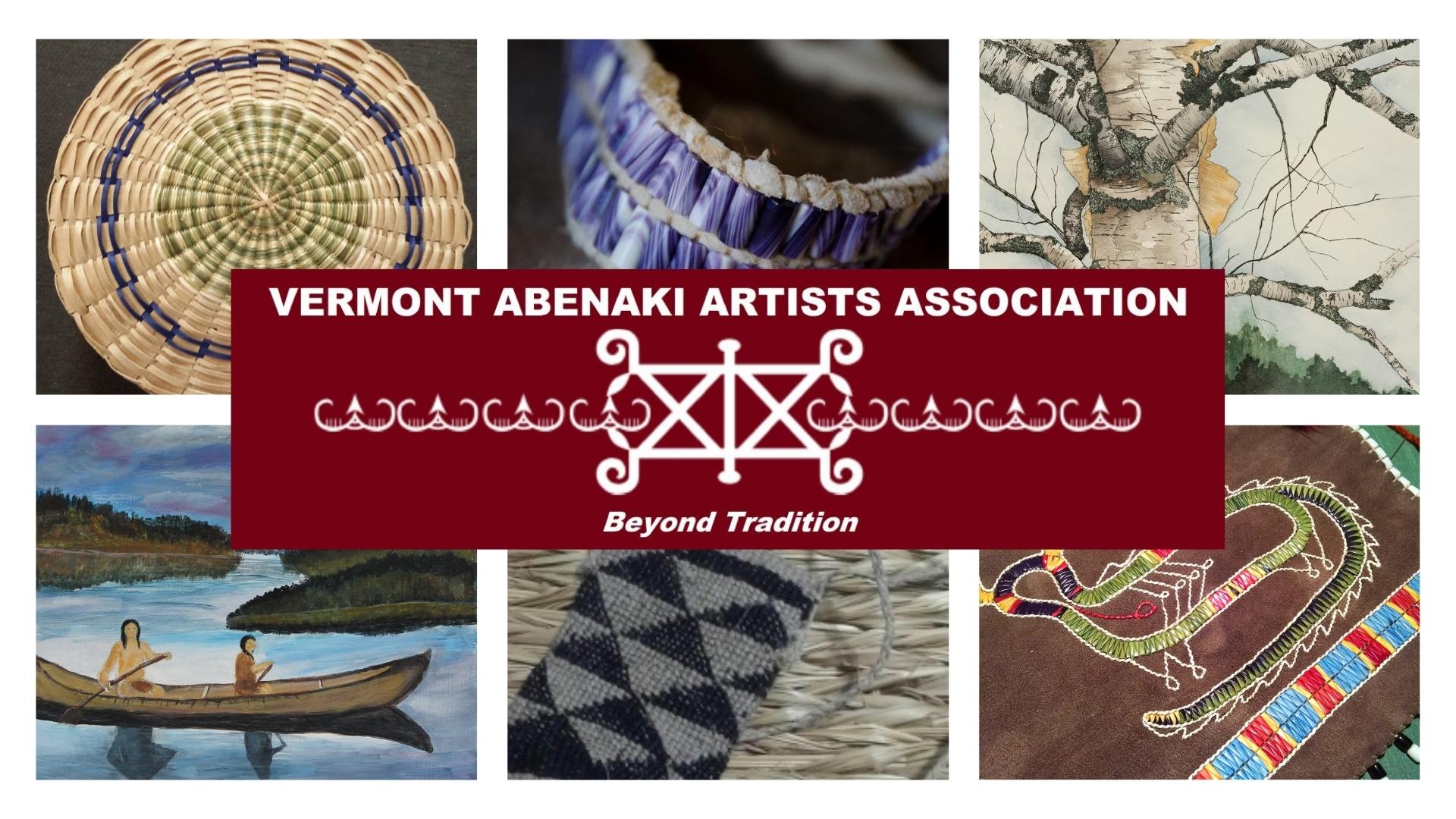
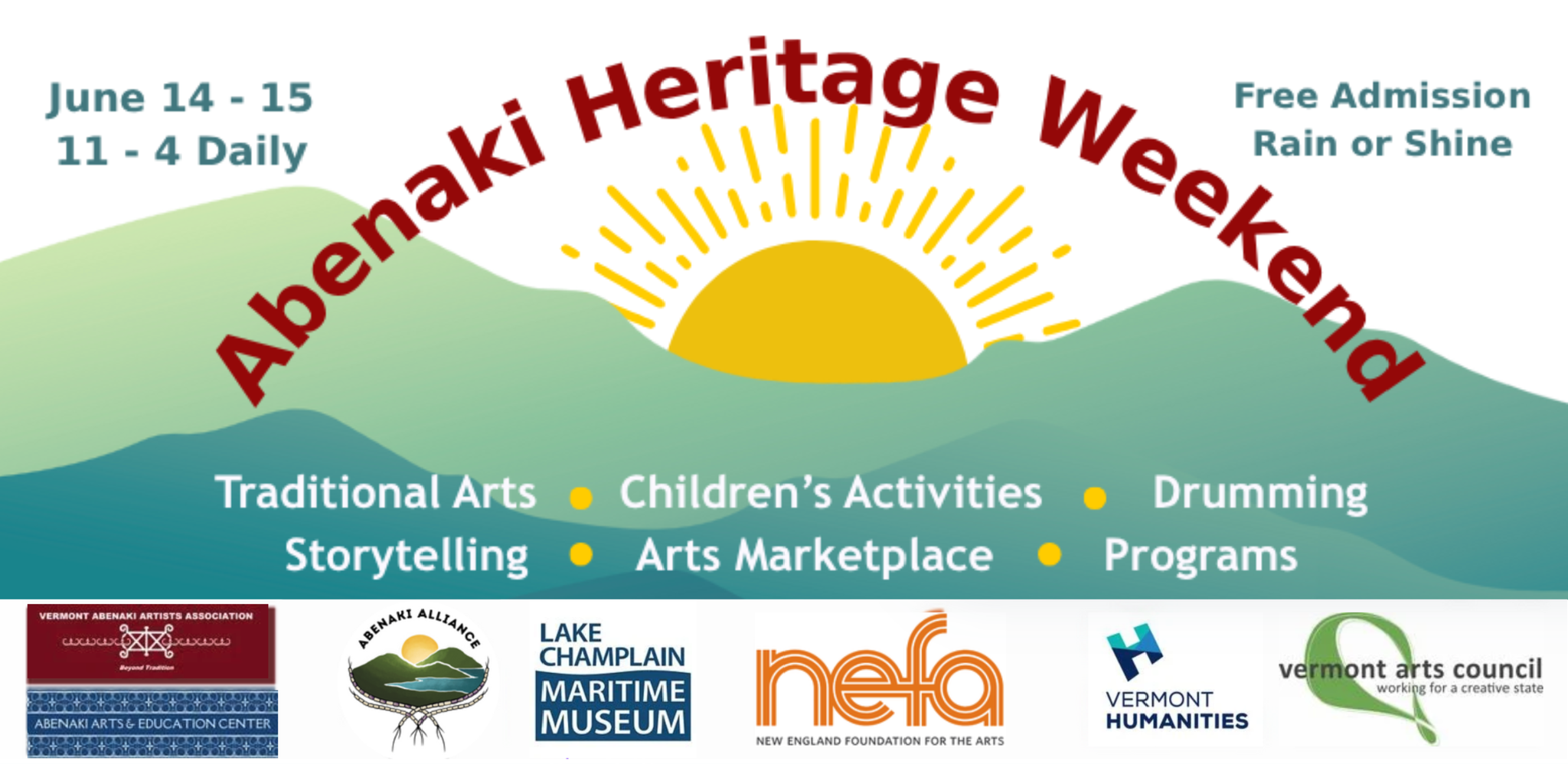
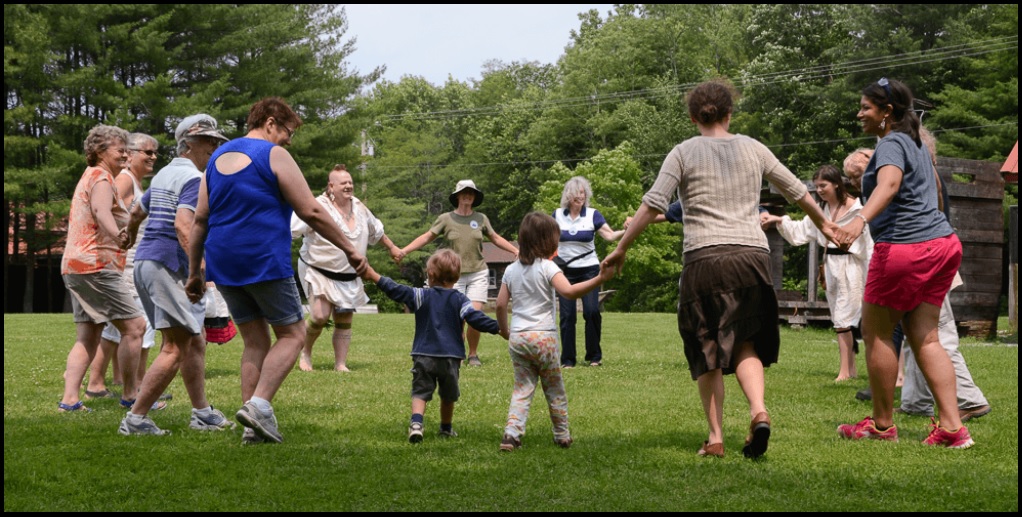

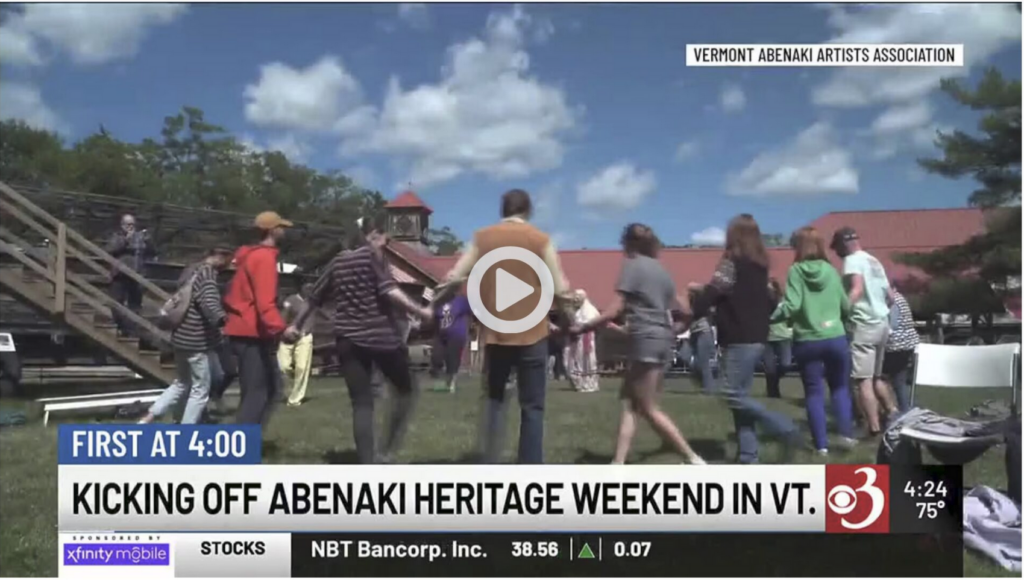
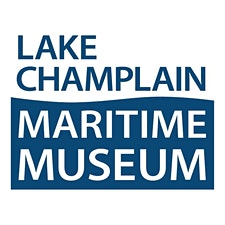

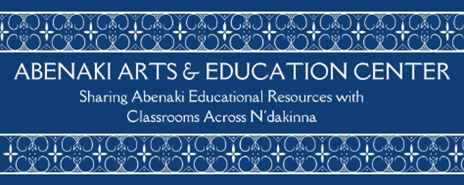

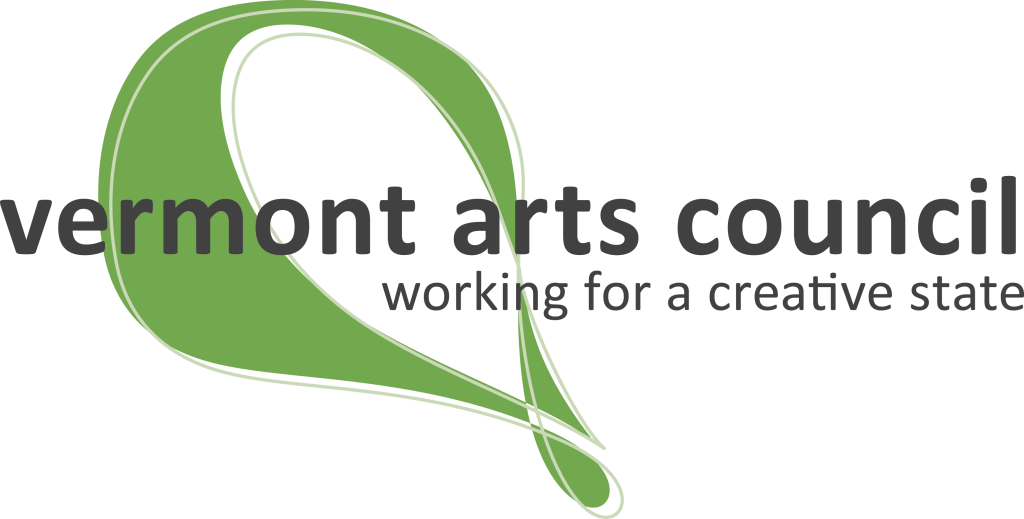
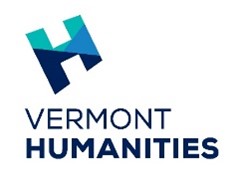
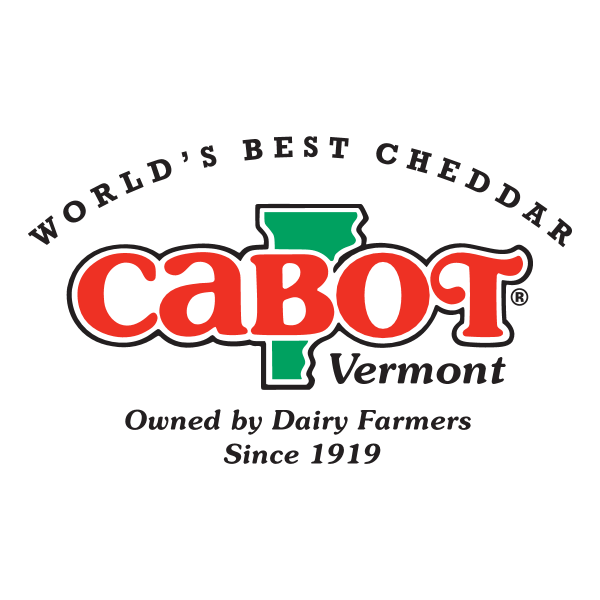
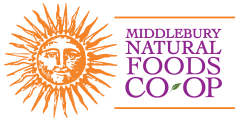





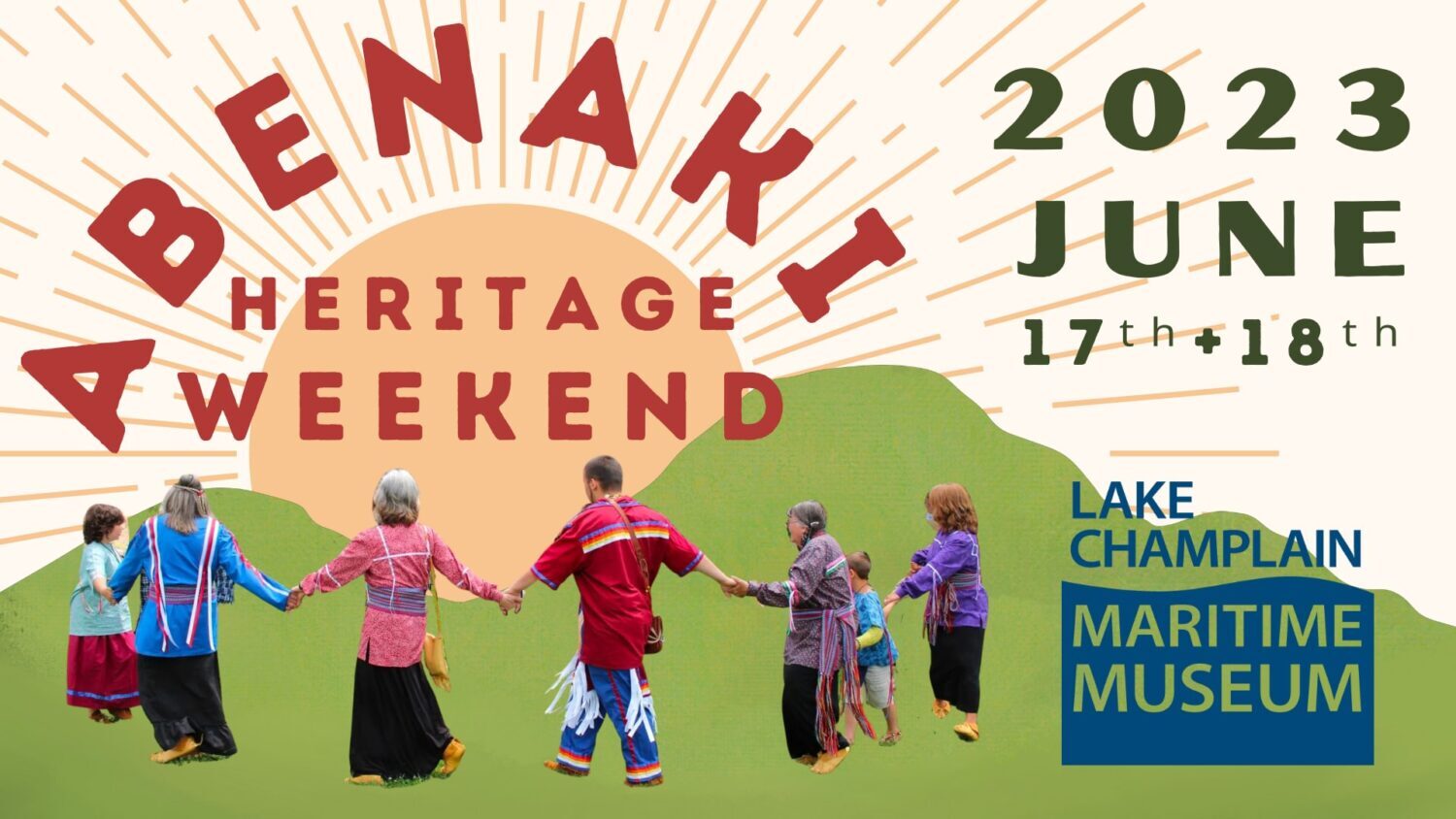


 The State of Vermont recognizes four Western Abenaki tribes: the Elnu Abenaki, the Koasek Traditional Band of the Koas Abenaki Nation, the Nulhegan Band of the Coosuk Abenaki Nation, and the Abenaki Nation of Missisquoi St. Francis-Sokoki Band.
The State of Vermont recognizes four Western Abenaki tribes: the Elnu Abenaki, the Koasek Traditional Band of the Koas Abenaki Nation, the Nulhegan Band of the Coosuk Abenaki Nation, and the Abenaki Nation of Missisquoi St. Francis-Sokoki Band.


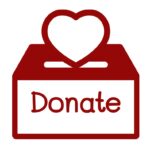



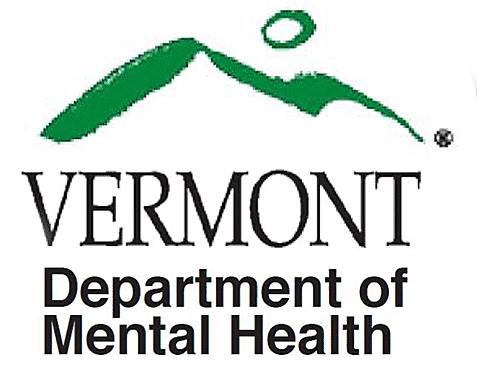


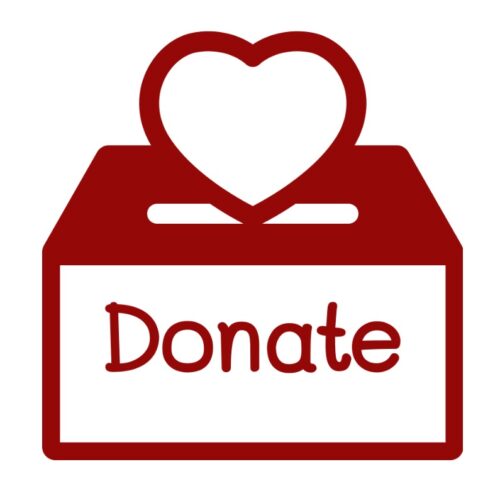









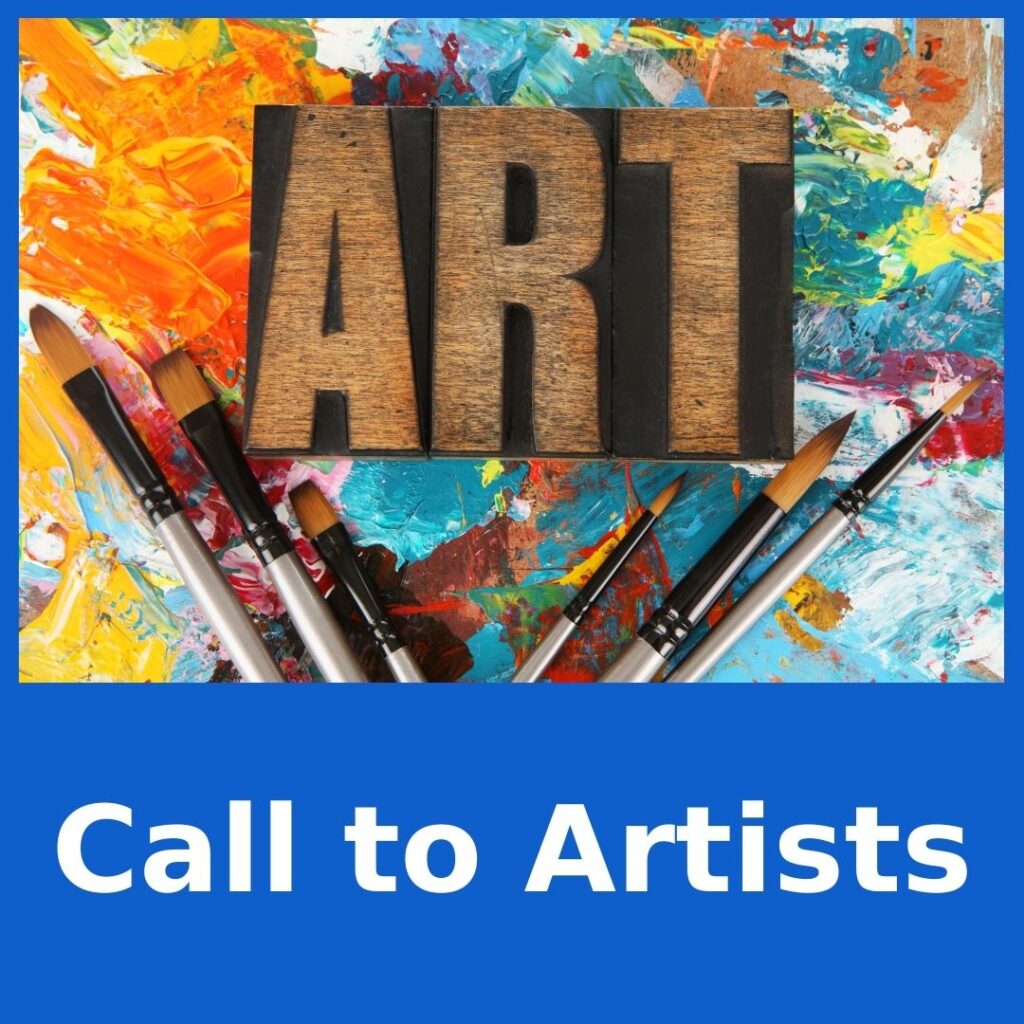


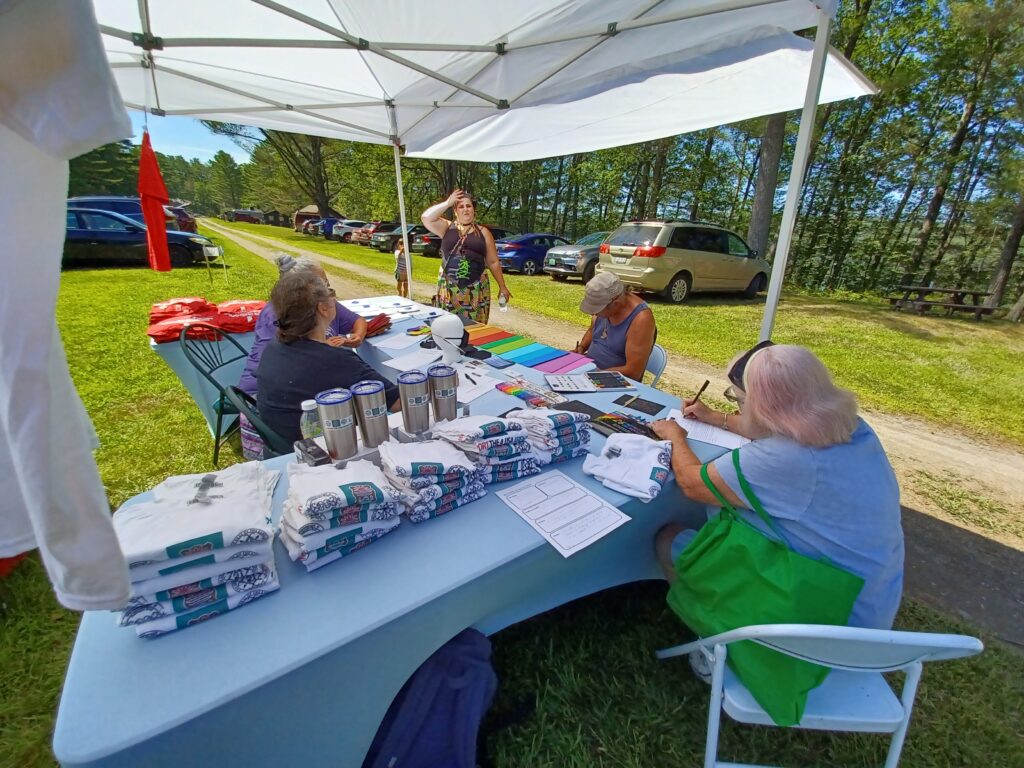
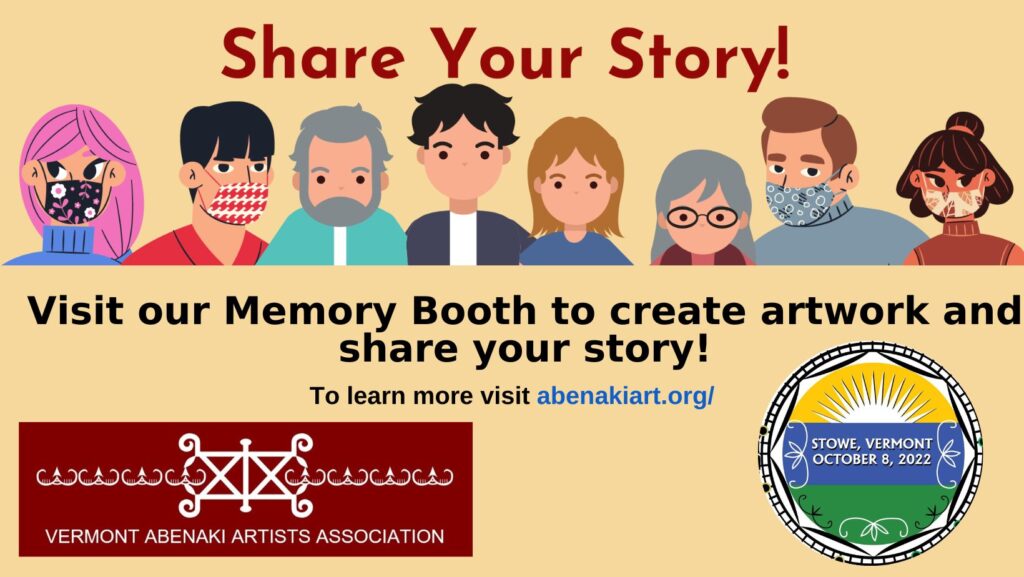
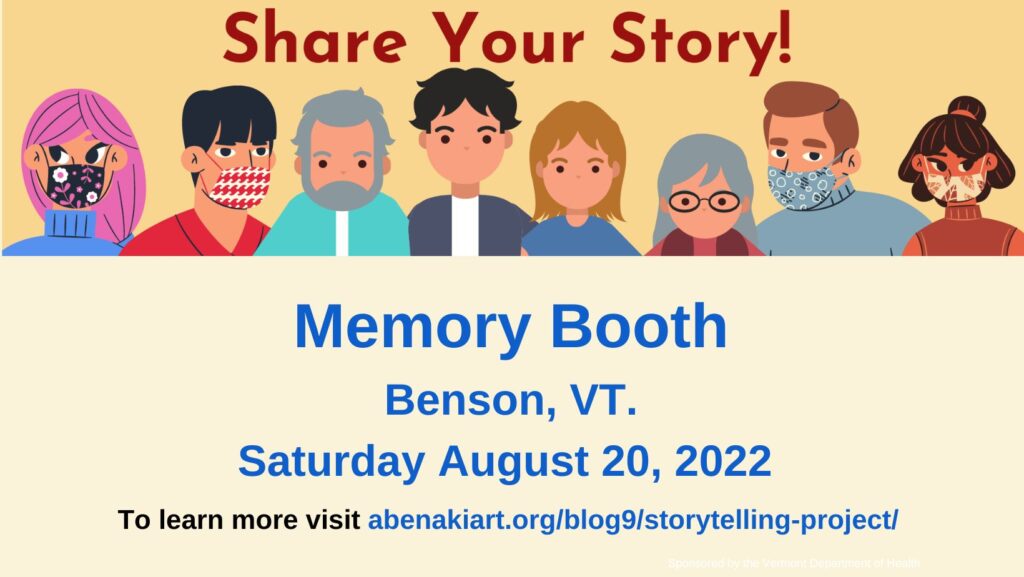
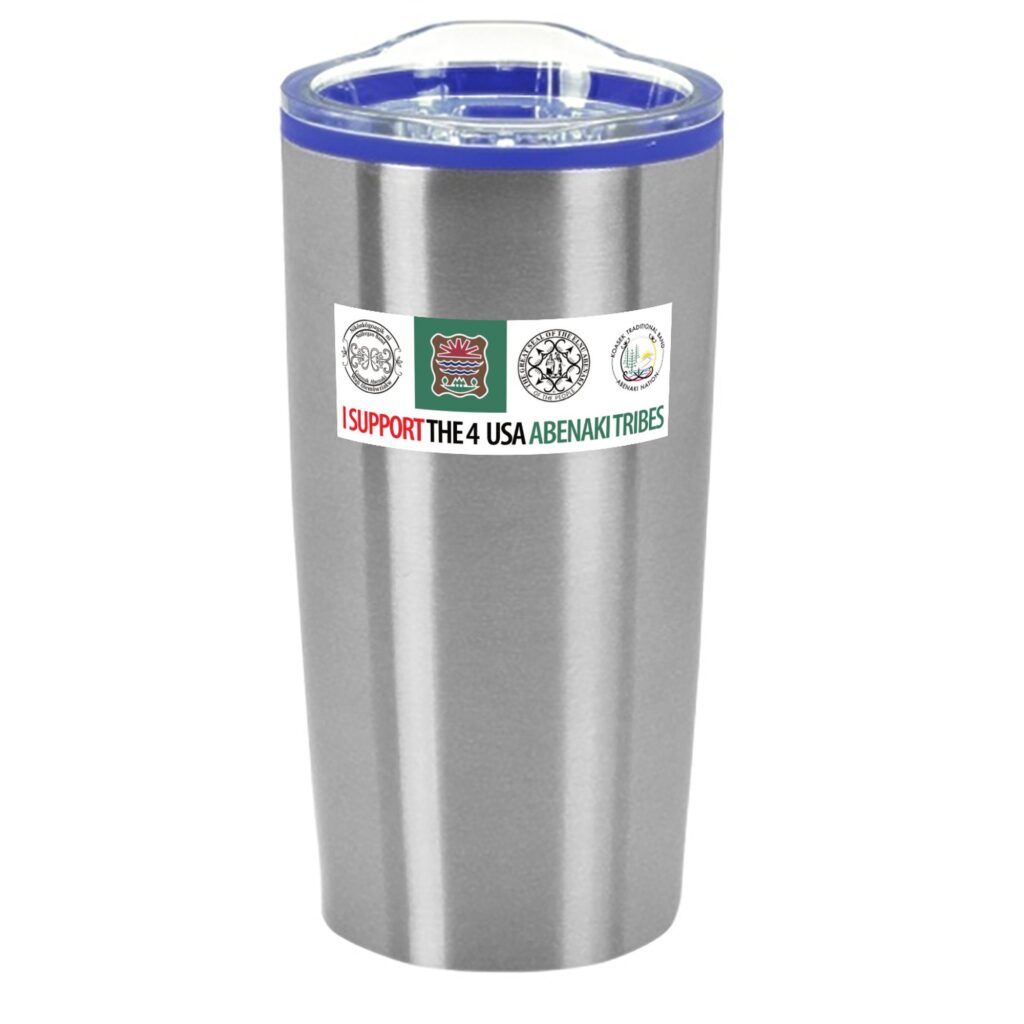






















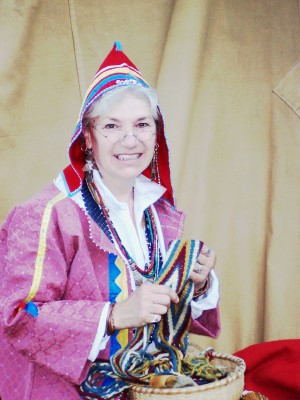
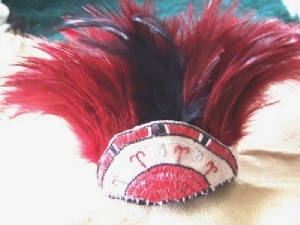

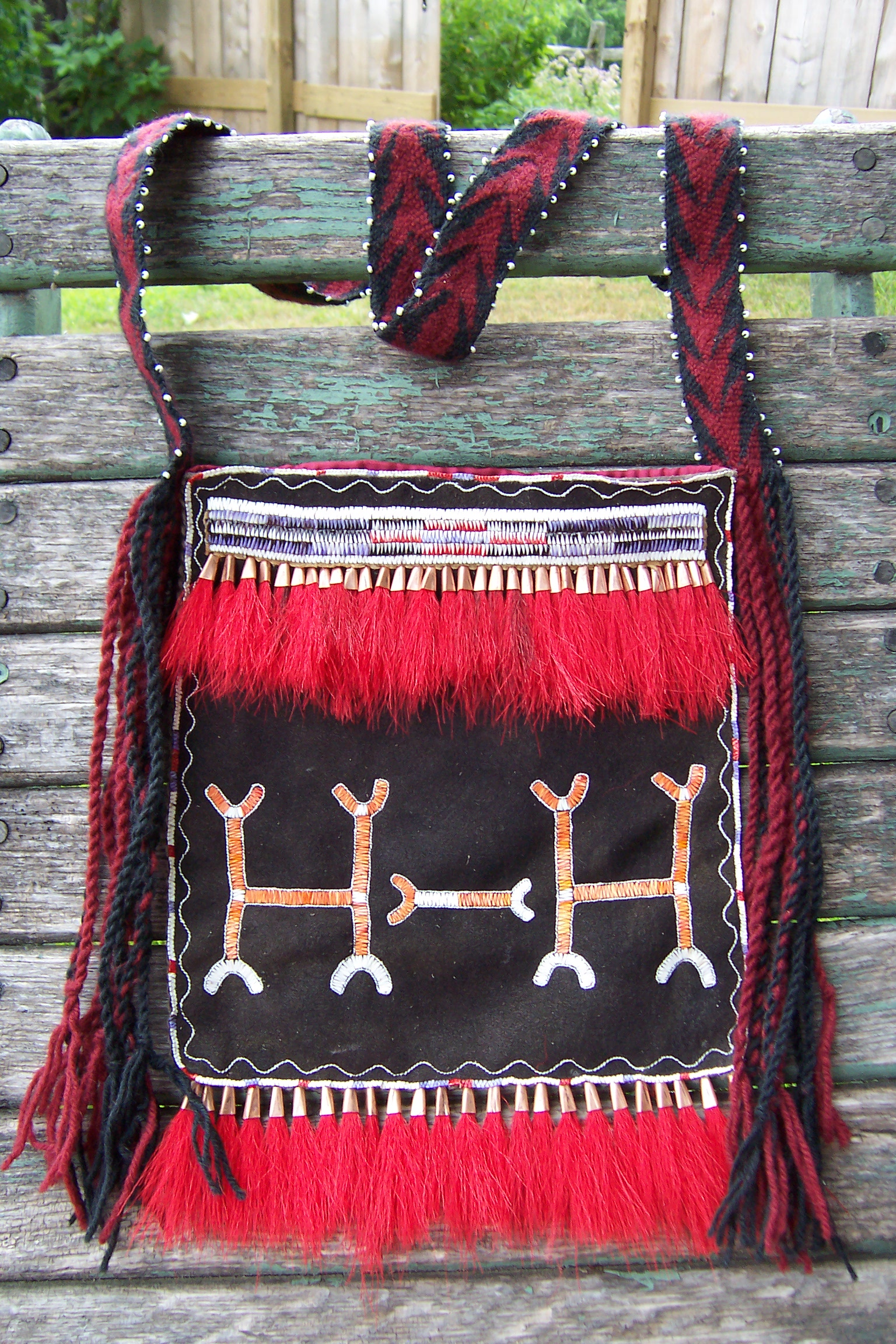









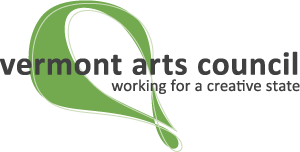


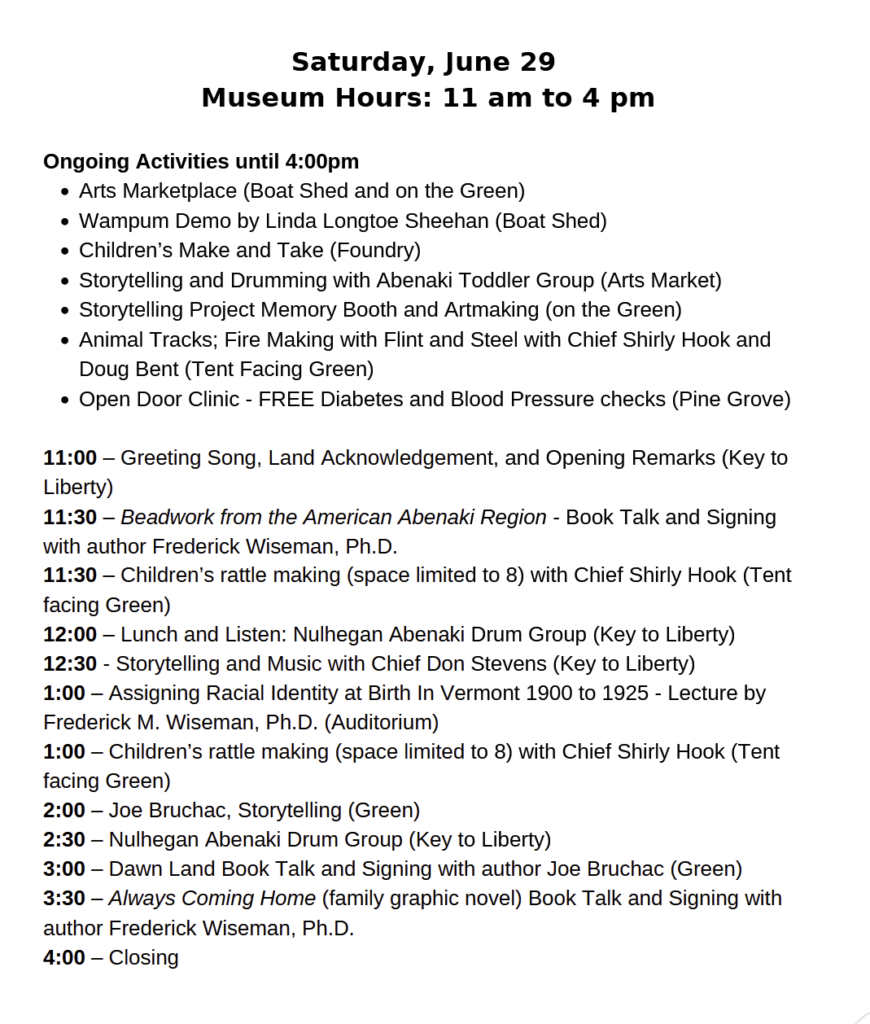
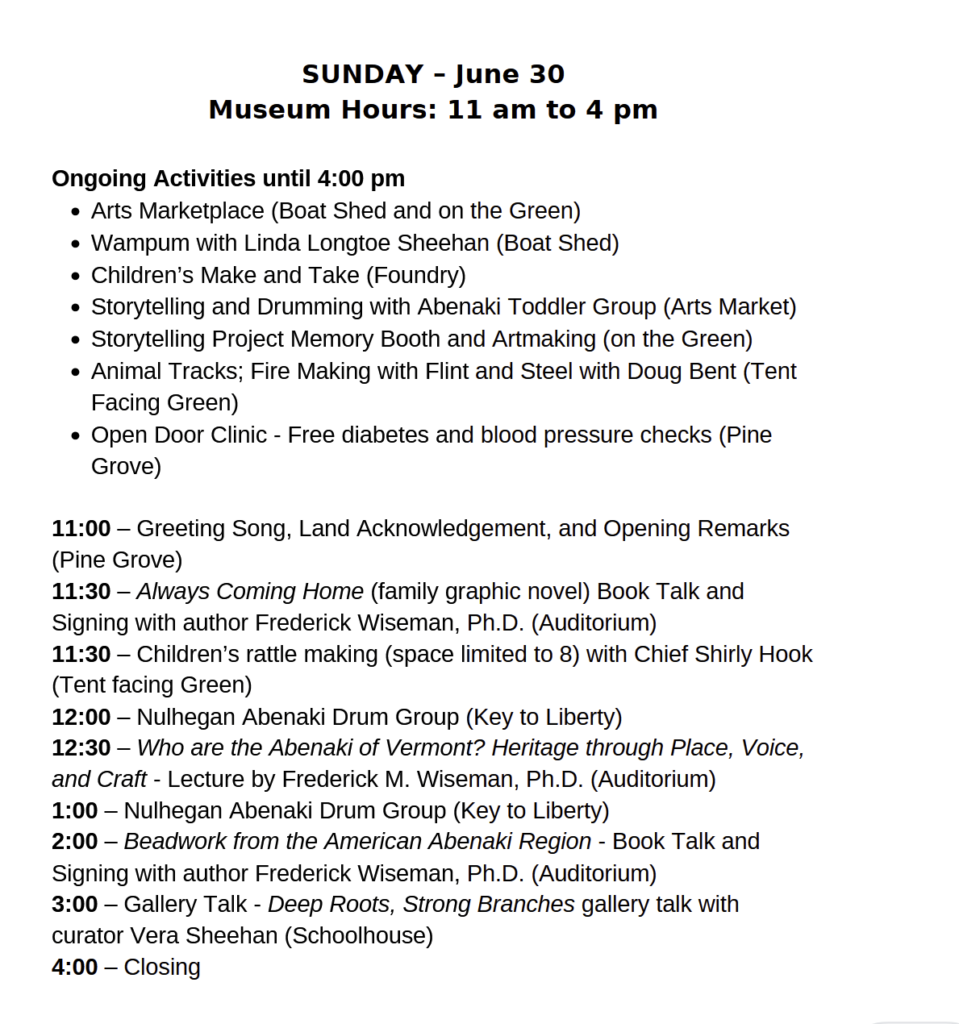


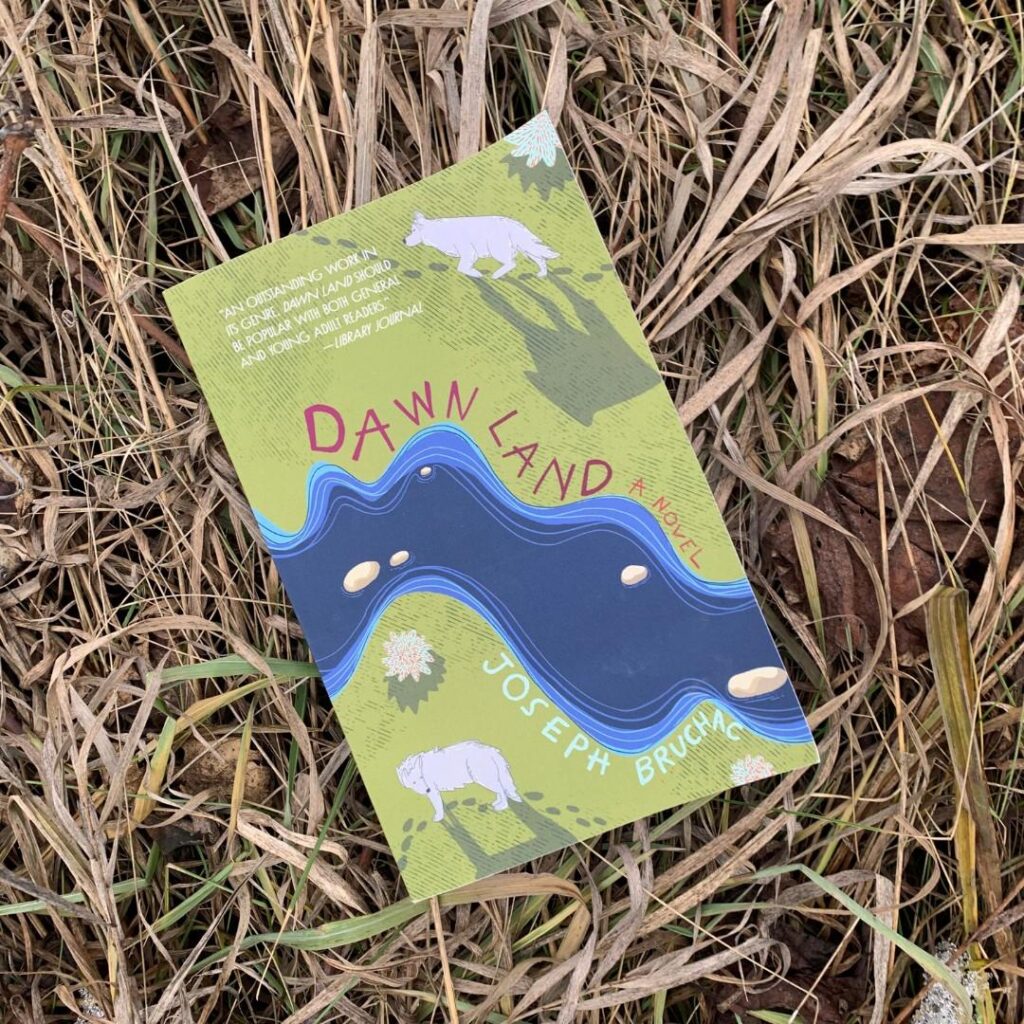

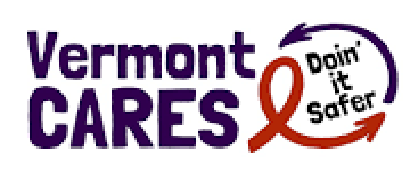






















 At the first Vermont Abenaki Artists Association Awards ceremony at the Lake Champlain Maritime Museum, Professor Fred Wiseman was surprised during his filming of the event by being asked to come to the stage from behind the camera. Dr. Wiseman, of Swanton, Vermont, who is retiring from Johnson State College at the end of July, was surprised with a certificate of Lifetime Achievement and the VAAA T-shirt that he had been trying to buy for two days, but with no success.
At the first Vermont Abenaki Artists Association Awards ceremony at the Lake Champlain Maritime Museum, Professor Fred Wiseman was surprised during his filming of the event by being asked to come to the stage from behind the camera. Dr. Wiseman, of Swanton, Vermont, who is retiring from Johnson State College at the end of July, was surprised with a certificate of Lifetime Achievement and the VAAA T-shirt that he had been trying to buy for two days, but with no success.









































































